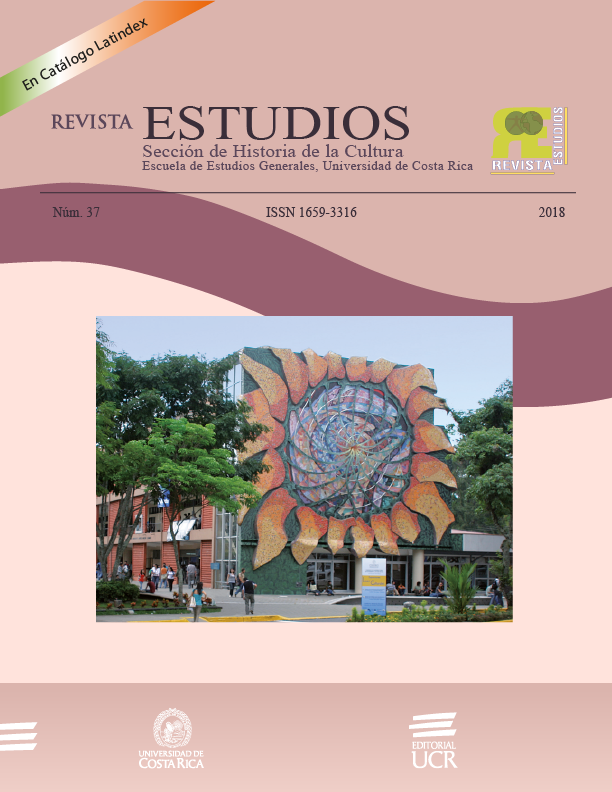Abstract
All through History, many authors have been the ones to reflect the popular imaginary as midpoint between myth and reality. Some traditional tales
and contemporary narrations invite us to a more profound reading below the formal surface and show us a mosaic made from past times realities that nowadays are still present. Language is the mean of expression to make patent certain distortions that have been taking place throughout time: verbal violence, anomalies in idiomatic registers, polysemic ambiguity; fantasy and reality, emotions, magic, dreams and definitely, culture which is transported to well-known texts. Maybe, it would be convenient to approximate even more myths to reality in order to pull aesthetic pleasure and popular wisdom out. In order to do that, we are going to analyse in which way the linguistic force is shown in some literary examples.
References
Marañón, G. Cuentos madrileños, Madrid: Castalia Prima, 2002, p. 45.
Fraile, M: Cuentos madrileños, Madrid, Castalia Prima 2002, p.47.
Duch, L. Aproximación a la Logomítica . Barcelona: Herder, 2015, p. 123.
Losada, J.M. Nuevas formas del mito. Una metodología inrterdisciplinar (Hrsg.)
Logos Verlag Berlin 2015
Dumézil, G. “Los mitos siguen vivos”. El país. 24 nov 2012.
Oatley, K., & Jenkins, J. M. (1992). Human emotions: Function and dysfunction. Annual Review of Psychology, 43, 55-85.
Levenson, R.W. “The search for autonomic specificity”. En P. Ekman y R.J.
Davidson (Eds.), The nature of emotion (pp. 252-257). New York: Oxford University Press., 1994
Austin, J. L. Cómo hacer cosas con palabras: Palabras y acciones, Barcelona: Paidós, 1982.
Bettelheim, B., 12. 1995: Psicoanálisis de los Cuentos de Hadas, Barcelona, Crítica, 2.a edition.
Austin, J. L. (1982). Cómo hacer cosas con palabras: Palabras y acciones, Barcelona: Paidós.
Bericat, E. (2000). "La Sociología de la emoción y la emoción en la sociología". Papers, 62, pp. 145-176.
Bettelheim, B. (1995). Psicoanálisis de los Cuentos de Hadas. Barcelona: Crítica.
Don Juan Manuel. El Conde de Lucanor http://ciudadseva.com/texto/conde-lucanor-35/
Dumézil, G. (2012). “Los mitos siguen vivos”. El país. 24 nov 2012.
Dutch, L. (2015). Aproximación a la Logomítica, Herder: Barcelona.
García Gual, C. (2006). Introducción a la mitología griega. Madrid: Alianza.
Grimm, Hnos. Cuentos de Hadas de los hermanos Grimm en español http://www.cuentosdegrimm.com/009-cenicienta.htm
https://www.cervantes.es/bibliotecas_documentacion_espanol/creadores/rivas_manuel.htm
Levenson, R.W. (1994). “The search for autonomic specificity”, en P. Ekman y R.J. Davidson (eds.), The nature of emotion, pp. 252-257. New York: Oxford University Press.
Losada, J.M. (2015). Nuevas formas del mito. Una metodología inrterdisciplinar (Hrsg.) Berlin: Logos Verlag.
Manuel Rivas. Cuento La trayectoria del balón. “Ella, maldita alma”
Marañón, G. (2002). Cuentos madrileños, Madrid: Castalia Prima.
Maure, M. y Bullich, L. (1994). Mil años de cuentos. Madrid: Edelvives.
Notas:
Oatley, K., & Jenkins, J. M. (1992). “Human emotions: Function and dysfunction”, Annual Review of Psychology, 43, pp. 55-85.
Perrault, C. Caperucita Roja http://www.cuentosinfantiles.net/cuentos-caperucita-roja.html)
Rivas, M. “La lengua de las mariposas”. http://laussy.org/images/b/ba/Lengua-de-las-mariposas.pdf


